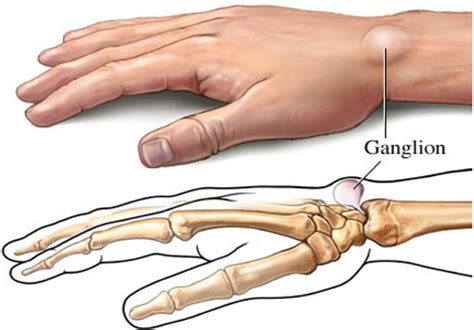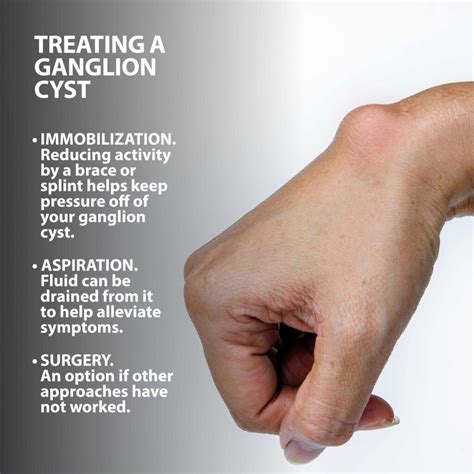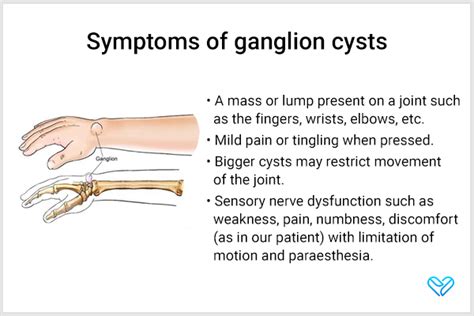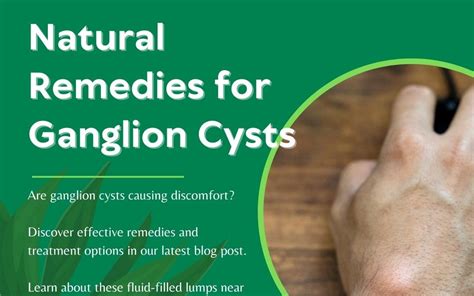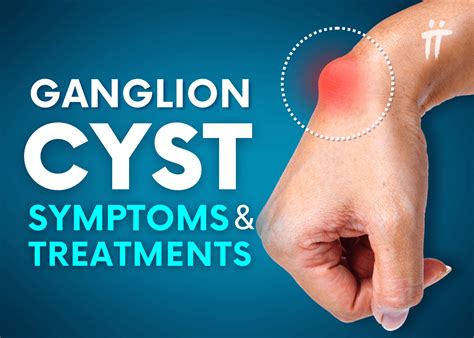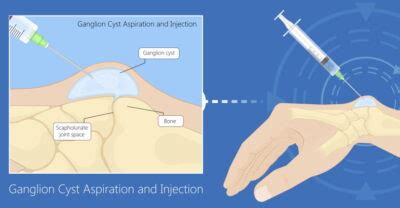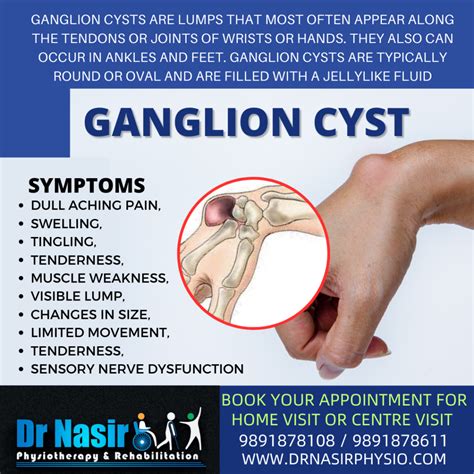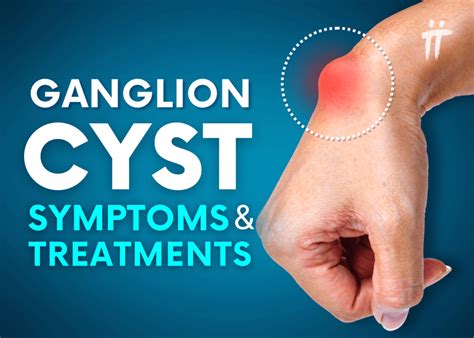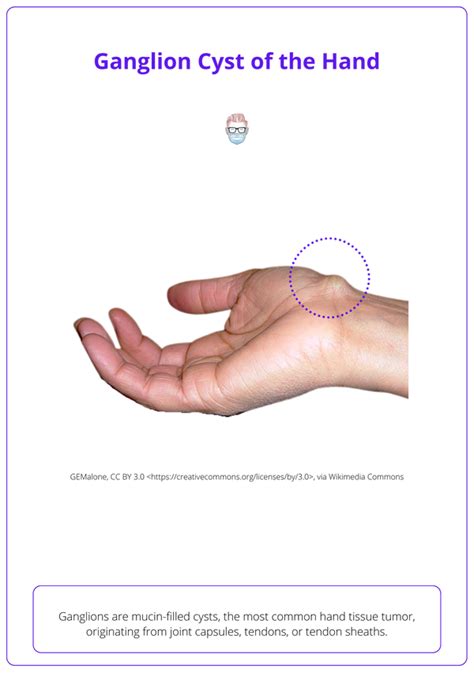Ganglion cysts are a common type of lump that can develop under the skin, often on the wrist or hand. They are usually harmless, but can be painful and unsightly. Many people who develop ganglion cysts wonder if they will go away naturally, without the need for medical treatment. In this article, we will explore the nature of ganglion cysts, their causes, symptoms, and treatment options, as well as the likelihood of them going away on their own.
Ganglion cysts are fluid-filled lumps that can develop in various parts of the body, but are most commonly found on the wrist, hand, or fingers. They are usually round or oval in shape and can range in size from a small pea to a large marble. Ganglion cysts are often filled with a thick, jelly-like fluid that is similar to the fluid found in joints and tendons. They can be soft or firm to the touch and may be painful, especially if they are pressing on nearby nerves or tendons.
The exact cause of ganglion cysts is not always clear, but they are thought to be related to joint or tendon irritation, injury, or inflammation. They may develop as a result of repetitive strain or overuse of the affected joint or tendon, or as a result of a single traumatic injury. In some cases, ganglion cysts may be associated with underlying joint or tendon conditions, such as arthritis or tendinitis.
What are Ganglion Cysts
Ganglion cysts can cause a range of symptoms, including pain, stiffness, and limited mobility in the affected joint or tendon. They may also cause numbness, tingling, or weakness in the surrounding area, especially if they are pressing on nearby nerves. In some cases, ganglion cysts may be asymptomatic, meaning that they do not cause any noticeable symptoms.
Symptoms of Ganglion Cysts
If you suspect that you have a ganglion cyst, it is essential to seek medical attention to determine the best course of treatment. A doctor or other healthcare professional can diagnose a ganglion cyst by performing a physical examination and taking a medical history. They may also use imaging tests, such as X-rays or ultrasound, to confirm the diagnosis and rule out other potential causes of the symptoms.
Diagnosis of Ganglion Cysts
In some cases, ganglion cysts may go away naturally, without the need for medical treatment. This is more likely to happen if the cyst is small and not causing any significant symptoms. However, even if a ganglion cyst does go away on its own, it may recur in the future.
Natural Remedies for Ganglion Cysts
There are several natural remedies that may help to alleviate the symptoms of ganglion cysts and promote healing. These include applying ice or heat to the affected area, taking over-the-counter pain relievers, and using topical creams or ointments to reduce inflammation. In some cases, physical therapy or occupational therapy may be recommended to help improve mobility and reduce pain in the affected joint or tendon.
Treatment Options for Ganglion Cysts
If a ganglion cyst is large, painful, or persistent, medical treatment may be necessary. The most common treatment for ganglion cysts is aspiration, which involves using a needle to drain the fluid from the cyst. This can provide temporary relief from symptoms, but the cyst may recur in the future. In some cases, surgery may be recommended to remove the cyst entirely.
Aspiration and Surgery
It's essential to note that ganglion cysts can be a recurring problem, and even with treatment, they may come back. To reduce the risk of recurrence, it's crucial to address any underlying joint or tendon conditions and take steps to prevent further irritation or injury.
Prevention of Ganglion Cysts
In addition to medical treatment, there are several steps that you can take to help prevent ganglion cysts from forming or recurring. These include wearing protective gear, such as wrist guards or gloves, when engaging in activities that involve repetitive strain or impact on the joints or tendons. You can also take regular breaks to rest and stretch the affected area, and avoid activities that aggravate the condition.
Lifestyle Changes
To summarize, ganglion cysts are a common type of lump that can develop under the skin, often on the wrist or hand. While they may go away naturally in some cases, medical treatment may be necessary to alleviate symptoms and prevent recurrence. By understanding the causes, symptoms, and treatment options for ganglion cysts, you can take steps to promote healing and prevent future problems.
Final Thoughts
We hope that this article has provided you with a comprehensive understanding of ganglion cysts and their treatment options. If you have any further questions or concerns, please don't hesitate to reach out. We encourage you to share your experiences and thoughts on ganglion cysts in the comments below.
What are the symptoms of ganglion cysts?
+
Ganglion cysts can cause pain, stiffness, and limited mobility in the affected joint or tendon. They may also cause numbness, tingling, or weakness in the surrounding area.
How are ganglion cysts diagnosed?
+
Ganglion cysts are diagnosed through a physical examination and medical history. Imaging tests, such as X-rays or ultrasound, may also be used to confirm the diagnosis.
Can ganglion cysts be prevented?
+
Yes, ganglion cysts can be prevented by taking steps to reduce repetitive strain and impact on the joints and tendons. This includes wearing protective gear, taking regular breaks, and avoiding activities that aggravate the condition.
